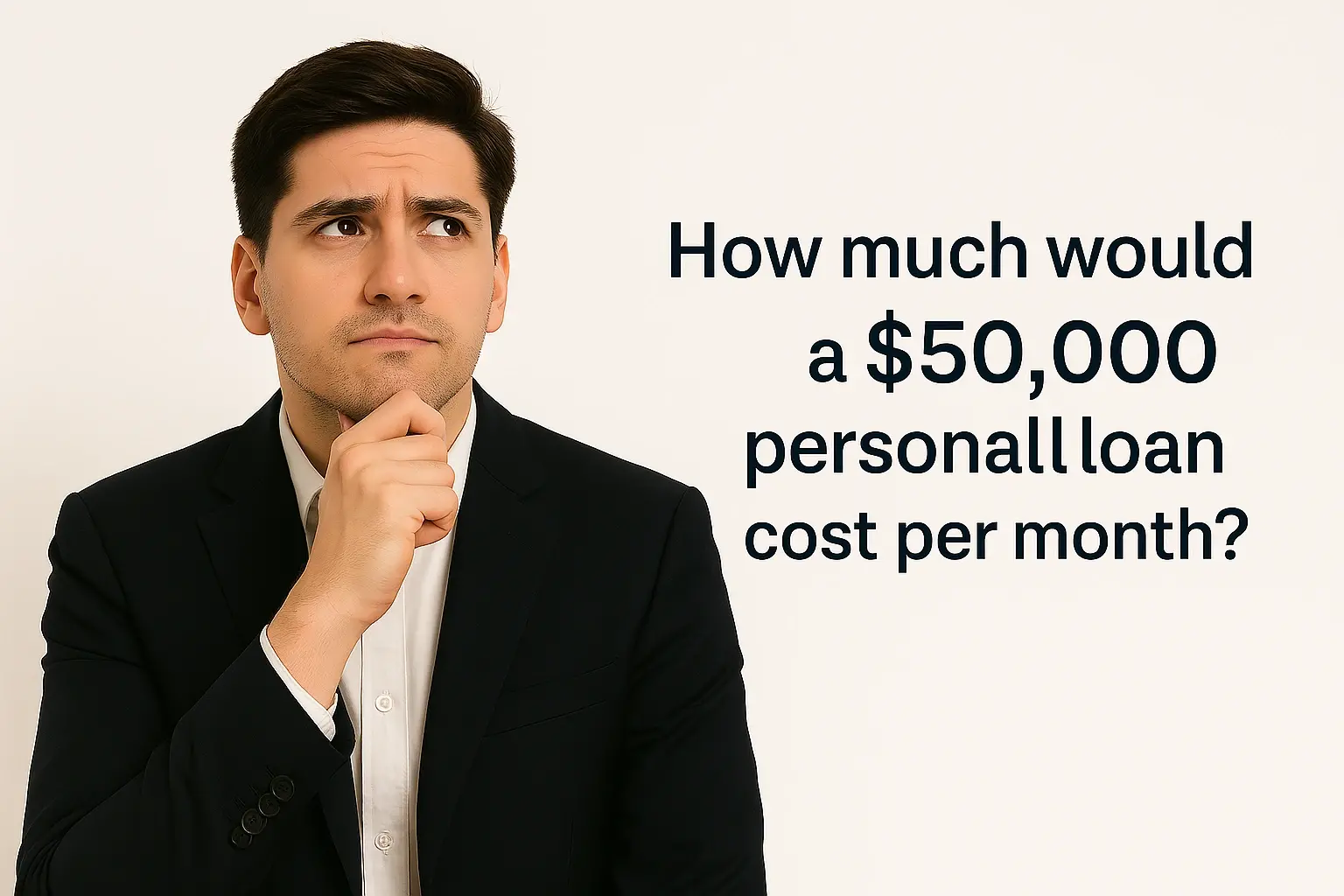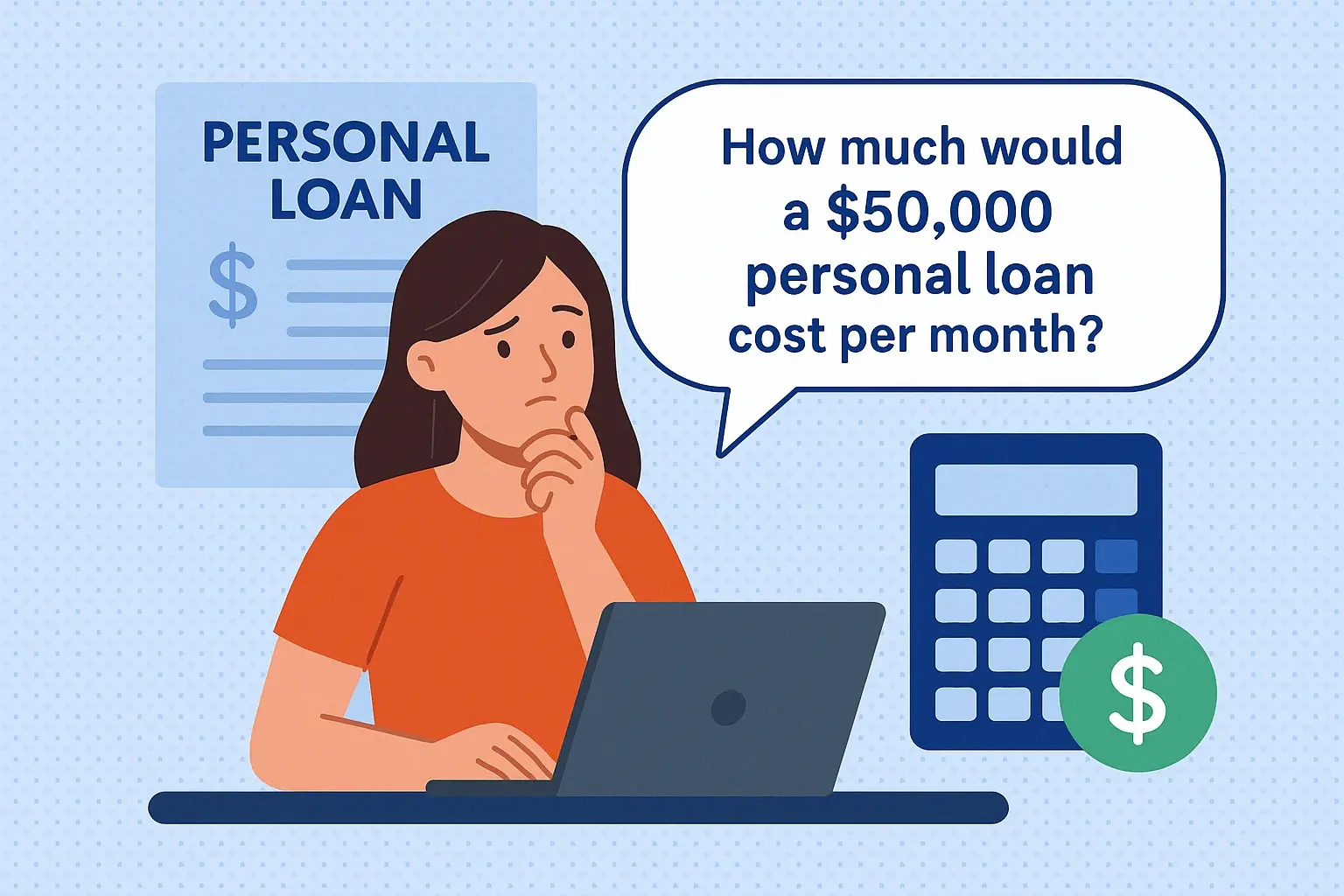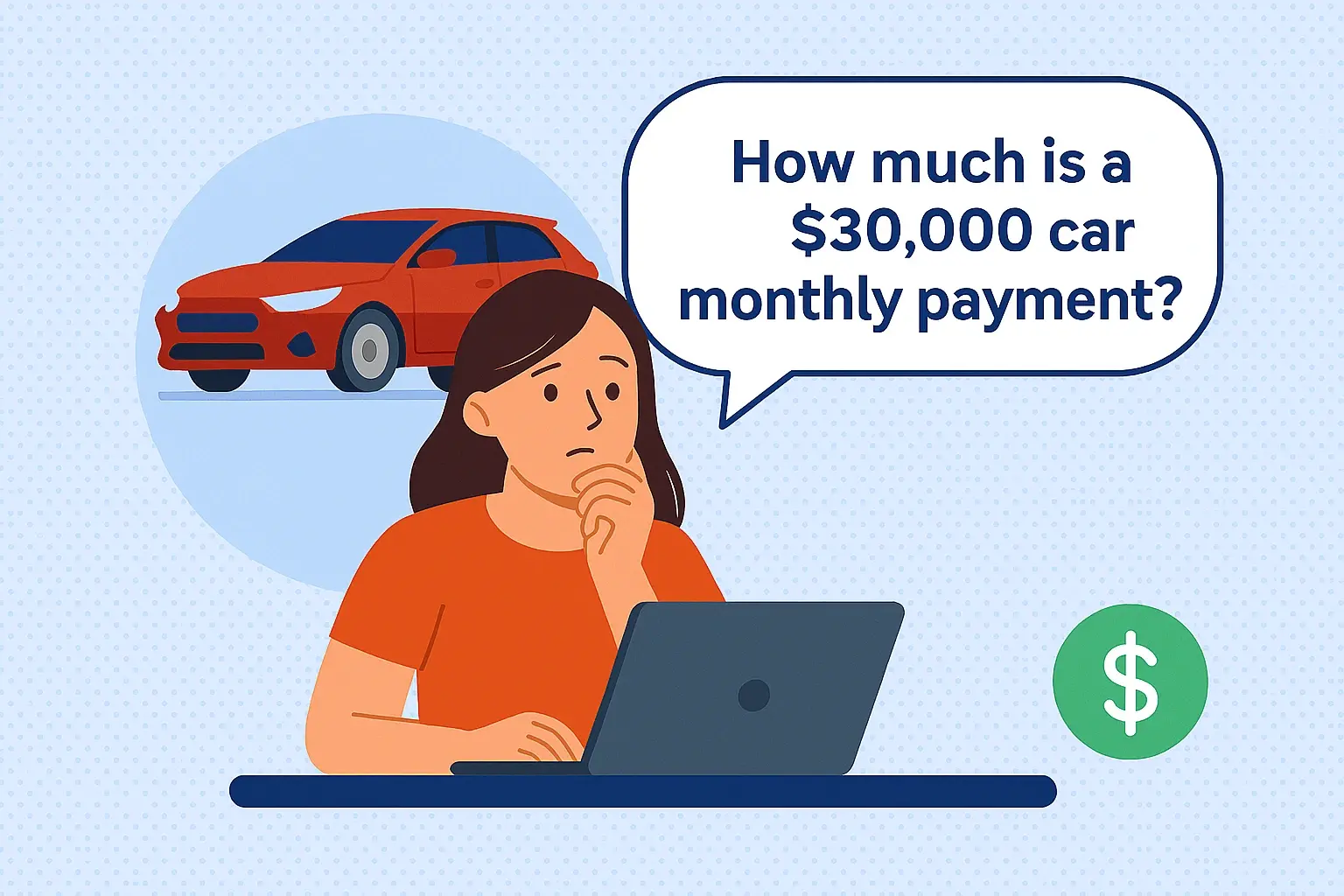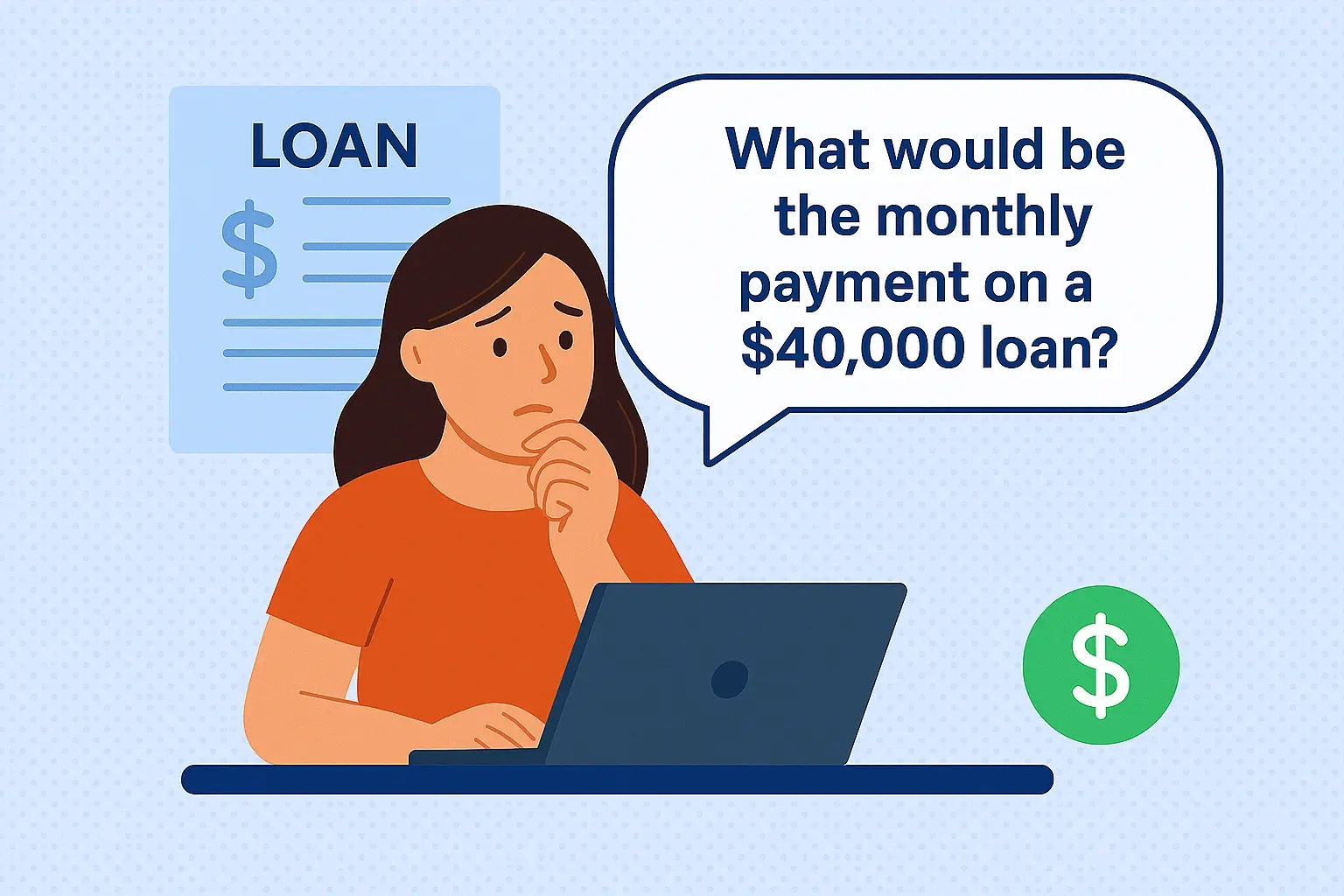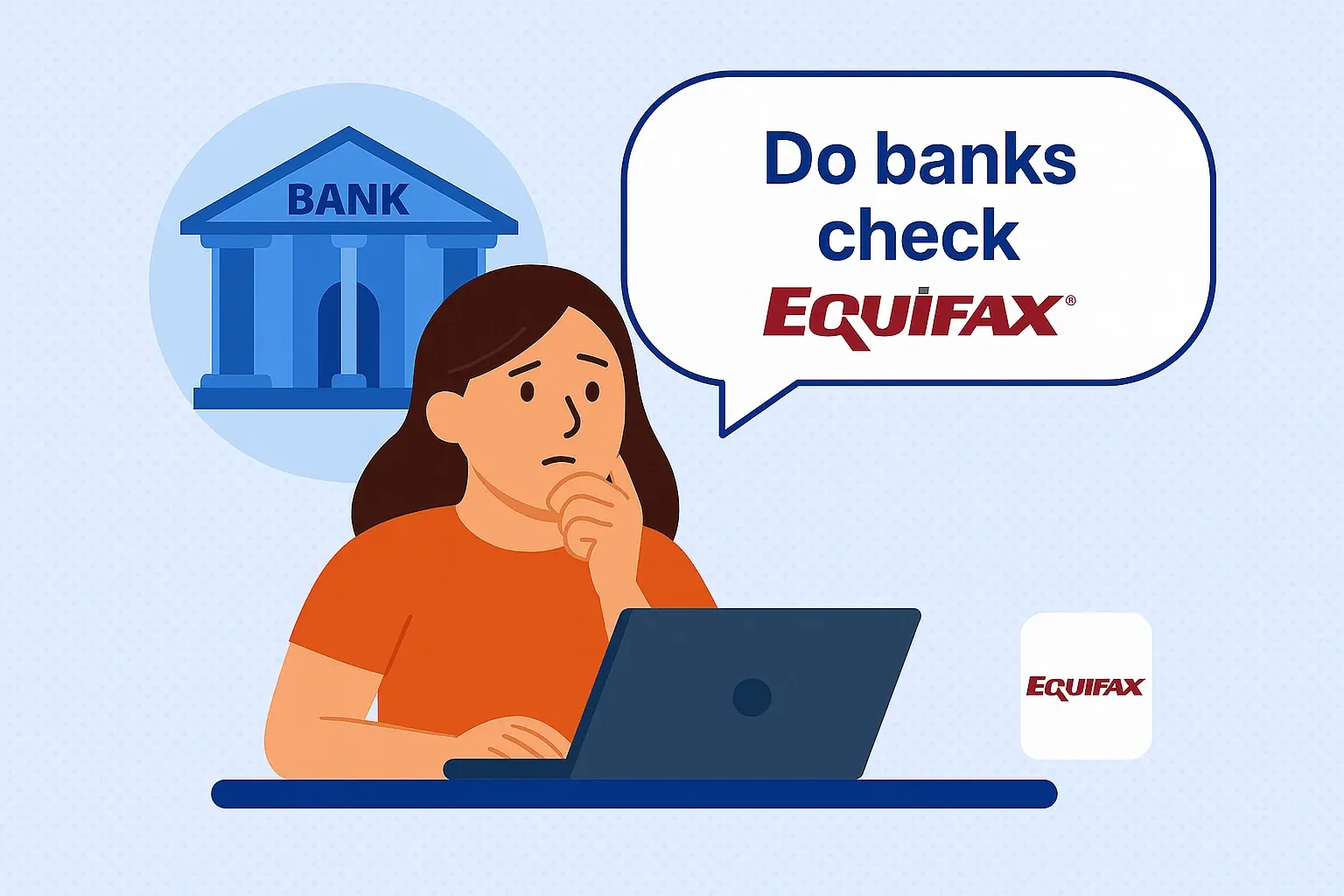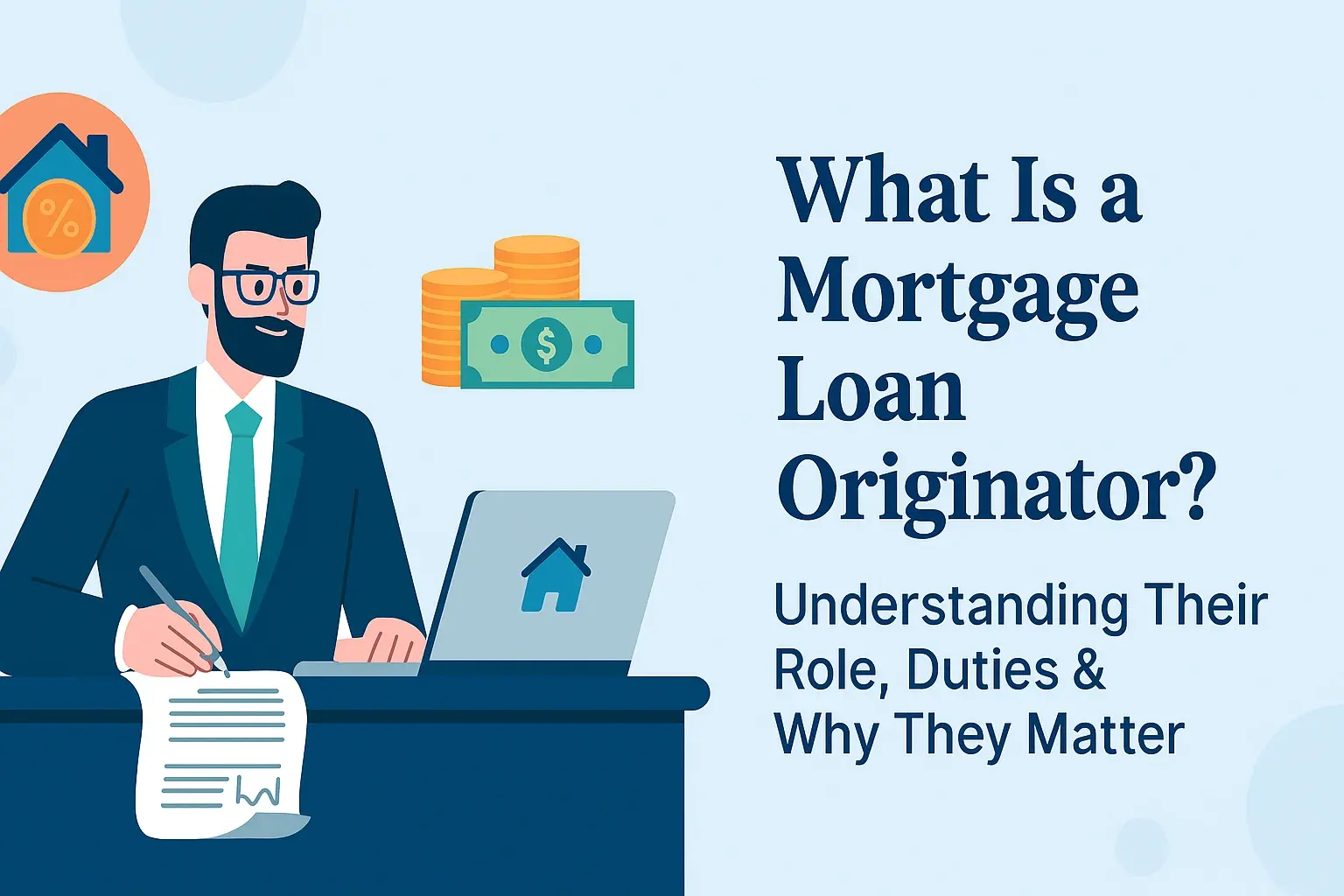-
Posted on: 26 Jul 2024
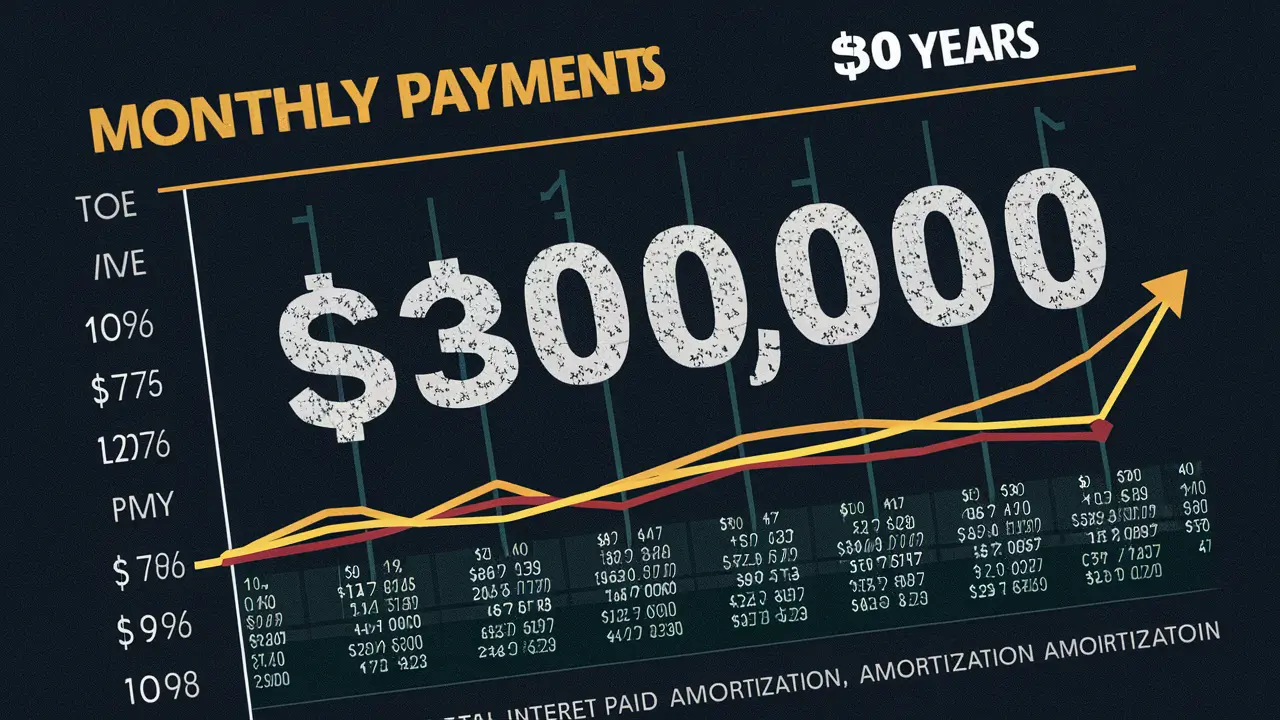
-
Determining your monthly mortgage payment for a $300,000 loan over 30 years involves several key variables. This guide will break down the calculation, explore influencing factors, and provide realistic 2025 estimates to help you budget effectively for your homeownership dreams.
Understanding Your Mortgage Payment
When you take out a mortgage, your monthly payment isn't just a single number. It's typically composed of several components, often referred to as PITI: Principal, Interest, Taxes, and Insurance. Understanding each of these elements is crucial for accurately budgeting and avoiding surprises.
Principal
The principal is the actual amount of money you borrow from the lender. Each month, a portion of your payment goes towards reducing this borrowed sum. Over the life of the loan, paying down the principal is how you build equity in your home.
Interest
Interest is the cost of borrowing money. Lenders charge interest as compensation for providing you with the loan. In the early years of a 30-year mortgage, a larger portion of your payment is allocated to interest, while in later years, more goes towards the principal.
Taxes
This refers to property taxes levied by your local government. These taxes are used to fund public services like schools, police, and fire departments. Your mortgage lender typically collects these taxes on your behalf and pays them to the taxing authority. This is often held in an escrow account.
Insurance
This usually includes homeowner's insurance, which protects you and the lender against damage to the property from events like fire, theft, or natural disasters. In some areas, lenders may also require flood insurance or earthquake insurance. Like property taxes, these premiums are often collected by the lender and paid from your escrow account.
While the core of your mortgage payment calculation revolves around principal and interest (P&I), the inclusion of taxes and insurance in your monthly outlay is a significant factor for overall affordability.
Calculating Your $300,000 Mortgage Payment
The fundamental formula used to calculate the principal and interest (P&I) portion of a mortgage payment is the amortization formula. This formula takes into account the loan amount, the interest rate, and the loan term.
The standard mortgage payment formula is:
M = P [ i(1 + i)^n ] / [ (1 + i)^n – 1]
Where:
- M = Your total monthly mortgage payment (Principal & Interest)
- P = The principal loan amount ($300,000)
- i = Your monthly interest rate (annual rate divided by 12)
- n = The total number of payments over the loan's lifetime (loan term in years multiplied by 12)
For a $300,000 loan over 30 years:
- P = $300,000
- Loan Term = 30 years
- n = 30 years * 12 months/year = 360 payments
The variable 'i' is the most dynamic. Let's explore how different interest rates impact the P&I payment.
Illustrative Examples (P&I Only)
To illustrate, let's consider a few hypothetical interest rates commonly seen in 2025. These figures are for the Principal and Interest portion only.
Annual Interest Rate Monthly Interest Rate (i) Monthly P&I Payment (M) 6.0% 0.005 $1,798.65 6.5% 0.005417 $1,896.20 7.0% 0.005833 $1,995.91 7.5% 0.00625 $2,097.74 8.0% 0.006667 $2,201.69 Note: These are simplified calculations for P&I only. Actual total monthly payments will include taxes and insurance.
As you can see, even a small change in the interest rate can significantly affect your monthly payment. For instance, a 1% increase in interest rate from 6.0% to 7.0% adds approximately $100 to your monthly P&I payment.
Key Factors Influencing Your Payment
Beyond the loan amount and interest rate, several other factors play a crucial role in determining your mortgage payment and overall borrowing costs. Understanding these can help you strategize for the best possible outcome.
Loan Term
While this article focuses on a 30-year term, shorter terms (like 15 or 20 years) result in higher monthly payments but less total interest paid over the life of the loan. Longer terms, conversely, mean lower monthly payments but significantly more interest paid over time. The 30-year term is popular because it balances affordability with a manageable payment.
Credit Score
Your credit score is a three-digit number that represents your creditworthiness. Lenders use it to assess the risk of lending you money. A higher credit score (generally 740 and above) typically qualifies you for lower interest rates, directly reducing your monthly payment and the total interest paid. Conversely, a lower credit score may result in a higher interest rate or even denial of the loan. For 2025, lenders are keenly focused on creditworthiness due to economic uncertainties.
Down Payment
The down payment is the portion of the home's purchase price that you pay upfront in cash. A larger down payment reduces the loan amount (P), thus lowering your monthly payment. For example, if you put down 20% on a $375,000 home, your loan amount would be $300,000. If you only put down 10% ($37,500), your loan amount would be $337,500, leading to a higher monthly payment.
A down payment of 20% or more is often advantageous as it can help you avoid Private Mortgage Insurance (PMI), which is an additional monthly cost for borrowers with less than a 20% down payment.
Loan Type
Different loan types have different characteristics.
- Conventional Loans: These are not backed by a government agency. They often require good credit and a down payment.
- FHA Loans: Insured by the Federal Housing Administration, these loans are designed for borrowers with lower credit scores and smaller down payments. They typically come with mortgage insurance premiums (MIP) that are paid for the life of the loan.
- VA Loans: Guaranteed by the Department of Veterans Affairs, these loans are available to eligible veterans, active-duty military personnel, and surviving spouses. They often feature no down payment requirement and competitive interest rates.
- USDA Loans: For rural homebuyers, these loans offer no down payment options and competitive rates, but have income and geographic restrictions.
The type of loan you qualify for can influence your interest rate and the presence of additional fees like mortgage insurance.
Private Mortgage Insurance (PMI) / Mortgage Insurance Premium (MIP)
As mentioned, if your down payment is less than 20% on a conventional loan, you'll likely pay PMI. This protects the lender if you default. FHA loans have a similar insurance called MIP. These costs are added to your monthly payment. The amount varies based on your loan size, credit score, and down payment percentage. For a $300,000 loan, PMI or MIP could add anywhere from $100 to $300+ per month.
The Crucial Role of Interest Rates
Interest rates are arguably the most significant variable influencing your monthly mortgage payment. They are influenced by a complex interplay of economic factors, including inflation, the Federal Reserve's monetary policy, and the overall health of the economy.
Historical Context and 2025 Projections
Interest rates have seen considerable fluctuation in recent years. After a period of historically low rates, they began to rise significantly in 2022 and 2023. For 2025, many economists and financial institutions are projecting a stabilization or even a slight decrease in mortgage rates, though they are unlikely to return to the record lows seen in the early 2020s.
According to various financial analyses and market forecasts for 2025, average 30-year fixed mortgage rates are anticipated to hover in the range of 6.2% to 7.5%. This range accounts for potential shifts in economic conditions and Federal Reserve actions.
Impact of Rate Fluctuations
Let's revisit the $300,000 loan scenario with these projected 2025 rates:
Projected 2025 Annual Interest Rate Monthly P&I Payment (for $300,000 loan, 30 years) Total Interest Paid Over 30 Years 6.2% $1,837.78 $361,600.80 6.8% $1,958.87 $405,193.20 7.5% $2,097.74 $455,186.40 (Calculations based on a $300,000 loan, 30-year term, P&I only)
The difference in total interest paid between a 6.2% rate and a 7.5% rate over 30 years is substantial – over $90,000! This underscores the importance of securing the lowest possible interest rate.
Fixed vs. Adjustable-Rate Mortgages (ARMs)
Most buyers opt for a fixed-rate mortgage, where the interest rate remains the same for the entire loan term. This provides payment stability.
Adjustable-rate mortgages (ARMs) typically offer a lower initial interest rate for a set period (e.g., 5, 7, or 10 years), after which the rate adjusts periodically based on market conditions. While an ARM might offer a lower initial monthly payment, it carries the risk of significant payment increases if interest rates rise. For a $300,000 loan, the initial savings on an ARM could be appealing, but the long-term uncertainty is a critical consideration.
Given the current economic outlook and potential for rate stabilization in 2025, fixed-rate mortgages remain a popular choice for their predictability. However, borrowers should always compare current ARM offers against fixed rates.
Amortization: How Your Loan is Paid Down
Amortization is the process by which a loan is paid off over time through regular payments. Each payment you make on a mortgage is split between paying down the principal balance and covering the interest accrued since the last payment.
The Amortization Schedule
An amortization schedule is a table that shows each periodic payment, breaking down how much goes to principal and how much goes to interest. It also shows the remaining loan balance after each payment.
Key characteristics of a 30-year amortization schedule for a $300,000 loan:
- Early Years: A much larger portion of your payment goes towards interest. For example, in the first year of a $300,000 loan at 7% interest, roughly 85% of your payment goes to interest, and only 15% to principal.
- Mid-Loan Term: As the principal balance decreases, the interest portion of your payment also decreases, and the principal portion increases.
- Later Years: By the end of the loan term, nearly all of your payment is applied to the principal, rapidly reducing the remaining balance.
Visualizing Amortization
Imagine a graph of an amortization schedule. The interest portion of your payment forms a downward-sloping curve, while the principal portion forms an upward-sloping curve. They meet in the middle, and by the end, the principal curve dominates.
Impact on Equity
Amortization directly relates to building equity. The more principal you pay down, the more equity you build in your home. This equity can be leveraged later through refinancing or home equity loans.
Early Payment Impact
Making extra payments, even small ones, can significantly impact the amortization schedule and the total interest paid over the life of the loan. For instance, paying an extra $100 per month on a $300,000 loan at 7% could shave years off the loan term and save tens of thousands in interest. Many lenders allow extra principal payments without penalty, a strategy worth exploring for long-term savings.
Beyond Principal & Interest: Other Homeownership Costs
It's critical to remember that your monthly mortgage payment is not solely about P&I. Taxes and insurance are significant components that must be factored into your overall housing budget.
Property Taxes
Property taxes vary widely by location. They are assessed by local governments based on the value of your property. In 2025, property tax rates can range from less than 0.5% to over 2% of the property's assessed value annually.
Example: If your home is valued at $375,000 and your local property tax rate is 1.2%, your annual property tax bill would be $4,500 ($375,000 * 0.012). This translates to $375 per month ($4,500 / 12). This amount is typically collected by your lender and held in an escrow account.
It's important to research property tax rates in areas you are considering buying. High property taxes can significantly increase your monthly housing cost.
Homeowner's Insurance
Homeowner's insurance premiums also vary based on factors like your location (risk of natural disasters), the age and condition of your home, your chosen coverage levels, and your insurance provider. In 2025, the national average for homeowner's insurance is roughly $1,700 per year, or about $140 per month. However, this can be much higher in disaster-prone areas or for more expensive homes.
For a $300,000 mortgage, the home's value will likely be higher, potentially increasing insurance costs. A reasonable estimate for a $375,000 home might be $1,500 to $2,500 annually, or $125 to $208 per month.
Private Mortgage Insurance (PMI) or FHA MIP
If your down payment is less than 20% on a conventional loan, you'll pay PMI. For FHA loans, you'll pay MIP.
PMI Example: For a $300,000 loan with a 5% down payment (meaning a loan amount of $285,000 on a $300,000 home, or a $300,000 loan on a $333,333 home), PMI might cost between 0.5% and 1% of the loan amount annually. This could be $1,500 to $3,000 per year, or $125 to $250 per month.
FHA MIP Example: FHA MIP typically includes an upfront premium (paid at closing) and an annual premium paid monthly. For 2025, the annual MIP is often around 0.55% to 0.85% of the loan amount, depending on the loan term and down payment. This could add another $137 to $212 per month for a $300,000 loan.
Putting It All Together: Total Monthly Payment Estimates
Let's combine P&I with estimated taxes, insurance, and PMI/MIP for a $300,000 loan. We'll use a moderate interest rate of 7.0% for P&I ($1,995.91).
Component Estimated Monthly Cost Notes Principal & Interest (P&I) @ 7.0% $1,995.91 For a $300,000 loan, 30-year fixed Property Taxes $375.00 Assumes 1.2% annual rate on a $375,000 home Homeowner's Insurance $166.67 Assumes $2,000 annual premium PMI (Conventional, 10% down) $187.50 Assumes 0.75% annual rate on $300,000 loan Estimated Total Monthly Payment $2,725.08 This is an estimate; actual costs will vary. This example highlights how taxes, insurance, and PMI can add a significant amount to your actual monthly outlay, pushing the total cost well above the P&I-only figure. For a $300,000 mortgage, the total monthly payment could easily range from $2,500 to over $3,000 depending on these additional factors and the prevailing interest rate.
2025 Scenario Breakdowns: What to Expect
To provide a clearer picture for 2025, let's create a few comprehensive scenarios for a $300,000 mortgage, considering different interest rates and down payment scenarios. We will assume a 30-year fixed-rate mortgage.
Scenario 1: Favorable Interest Rate & Larger Down Payment
Assumptions:
- Loan Amount: $300,000
- Interest Rate: 6.2% (reflecting a strong credit score and favorable market conditions in 2025)
- Down Payment: 20% (no PMI required)
- Property Taxes: 1.0% annually on a $375,000 home ($312.50/month)
- Homeowner's Insurance: $1,500 annually ($125/month)
Calculation:
- P&I for $300,000 at 6.2% for 30 years: $1,837.78
- Total Monthly Payment: $1,837.78 (P&I) + $312.50 (Taxes) + $125.00 (Insurance) = $2,275.28
This scenario represents an ideal situation, demonstrating a more affordable monthly payment due to a lower interest rate and the absence of PMI.
Scenario 2: Average Interest Rate & Standard Down Payment
Assumptions:
- Loan Amount: $300,000
- Interest Rate: 7.0% (a mid-range expectation for 2025)
- Down Payment: 10% (PMI required)
- Property Taxes: 1.2% annually on a $333,333 home ($333.33/month)
- Homeowner's Insurance: $1,800 annually ($150/month)
- PMI: 0.75% annually on $300,000 loan ($187.50/month)
Calculation:
- P&I for $300,000 at 7.0% for 30 years: $1,995.91
- Total Monthly Payment: $1,995.91 (P&I) + $333.33 (Taxes) + $150.00 (Insurance) + $187.50 (PMI) = $2,666.74
This scenario is more representative of what many borrowers might face in 2025, with a moderate interest rate and the added cost of PMI.
Scenario 3: Higher Interest Rate & Lower Down Payment (e.g., FHA Loan)
Assumptions:
- Loan Amount: $300,000
- Interest Rate: 7.5% (reflecting slightly less favorable market conditions or credit)
- Down Payment: 3.5% (typical for FHA, leading to higher loan amount or MIP)
- Property Taxes: 1.1% annually on a $310,725 home ($283.85/month)
- Homeowner's Insurance: $1,600 annually ($133.33/month)
- FHA MIP: 0.70% annually on $300,000 loan ($175.00/month)
Calculation:
- P&I for $300,000 at 7.5% for 30 years: $2,097.74
- Total Monthly Payment: $2,097.74 (P&I) + $283.85 (Taxes) + $133.33 (Insurance) + $175.00 (MIP) = $2,689.92
This scenario illustrates that even with a lower down payment, the inclusion of FHA MIP and a higher interest rate can result in a monthly payment comparable to Scenario 2. It's crucial to compare FHA costs with conventional loans if your down payment is below 20%.
These scenarios demonstrate the wide range of potential monthly payments. For a $300,000 mortgage over 30 years, you can realistically expect your total monthly housing cost (including PITI) to fall between approximately $2,200 and $3,000, with the exact figure heavily dependent on the interest rate, down payment, and local taxes/insurance costs.
Strategies to Lower Your Monthly Mortgage Payment
Understanding how to reduce your monthly mortgage payment is as important as knowing how to calculate it. Several strategies can help make your homeownership more affordable.
1. Increase Your Down Payment
This is the most direct way to reduce your loan principal and, consequently, your monthly payment. If you can save more for a larger down payment, you'll borrow less, pay less interest over time, and potentially avoid PMI.
2. Improve Your Credit Score
A higher credit score unlocks access to lower interest rates. Focus on paying bills on time, reducing credit card balances, and avoiding new credit applications before applying for a mortgage. Even a small improvement in your credit score can lead to significant savings over 30 years.
3. Shop Around for Lenders
Don't accept the first mortgage offer you receive. Different lenders have different rates and fees. Comparing offers from multiple lenders (banks, credit unions, mortgage brokers) can help you find the most competitive rate and terms. Aim to get quotes from at least 3-5 lenders.
4. Negotiate Fees
Beyond the interest rate, mortgage lenders charge various fees (origination fees, appraisal fees, etc.). Some of these fees are negotiable. Don't hesitate to ask lenders to waive or reduce certain fees, especially if you have competing offers.
5. Consider a Shorter Loan Term (if affordable)
While this increases the monthly payment, a 15-year or 20-year mortgage will save you a substantial amount of money in interest over the life of the loan. If your budget can handle the higher monthly payments, it's a powerful way to build equity faster and reduce long-term costs.
6. Refinance Your Mortgage
If interest rates drop significantly after you've purchased your home, you may be able to refinance your existing mortgage to a new loan with a lower interest rate and/or a shorter term. This can lower your monthly payment or help you pay off your home faster. While the initial cost of refinancing exists, the long-term savings can be substantial.
7. Make Extra Principal Payments
As mentioned earlier, even small extra payments directed towards the principal can significantly reduce the loan term and total interest paid. This is a great strategy if you have extra funds available periodically.
8. Explore First-Time Homebuyer Programs
Many states and local municipalities offer programs designed to assist first-time homebuyers. These can include down payment assistance, grants, or lower-interest loans, all of which can reduce your overall borrowing costs and monthly payments. Research programs available in your specific area.
Making an Informed Decision
Understanding "how much is a $300,000 mortgage payment for 30 years?" is the first step toward responsible homeownership. It's not just about the principal and interest; it's about the comprehensive monthly cost of housing, including taxes, insurance, and potential PMI/MIP.
In 2025, with interest rates likely hovering in the 6.2% to 7.5% range, your Principal & Interest payment for a $300,000 loan will likely fall between $1,800 and $2,100. However, when you add estimated property taxes, homeowner's insurance, and PMI (if applicable), your total monthly outlay could range from approximately $2,200 to over $3,000.
The key takeaway is that while the loan amount and term are fixed, the interest rate, your down payment, and your creditworthiness are dynamic factors you can influence. By diligently shopping for lenders, improving your credit, and understanding all associated costs, you can secure the most favorable terms and ensure your monthly mortgage payment is manageable.
Ultimately, making an informed decision requires thorough research, careful budgeting, and a clear understanding of all the components that contribute to your total monthly housing expense. This comprehensive guide provides the foundational knowledge to navigate your mortgage journey with confidence.

